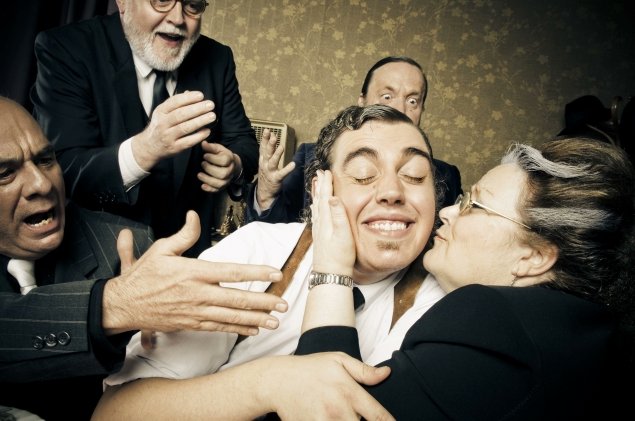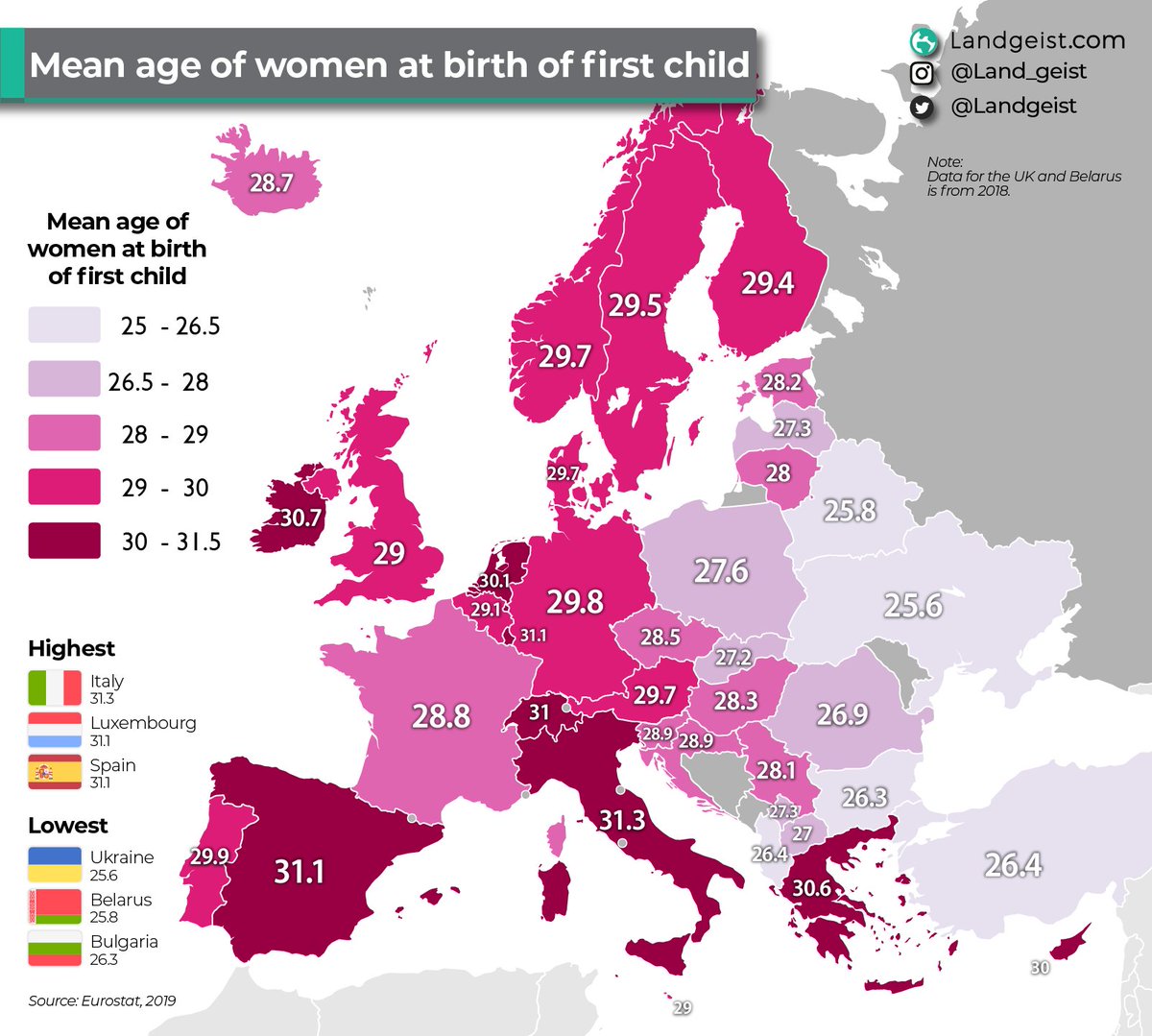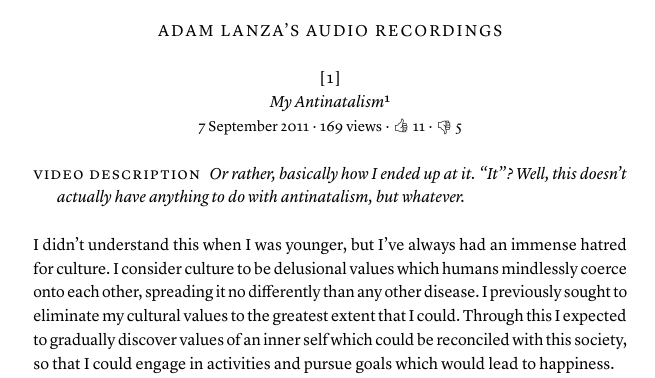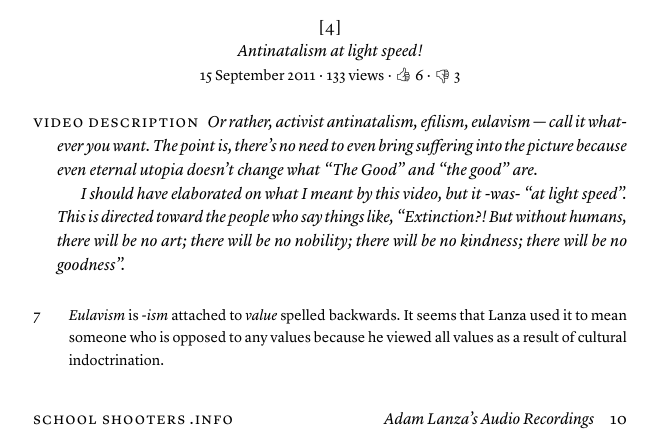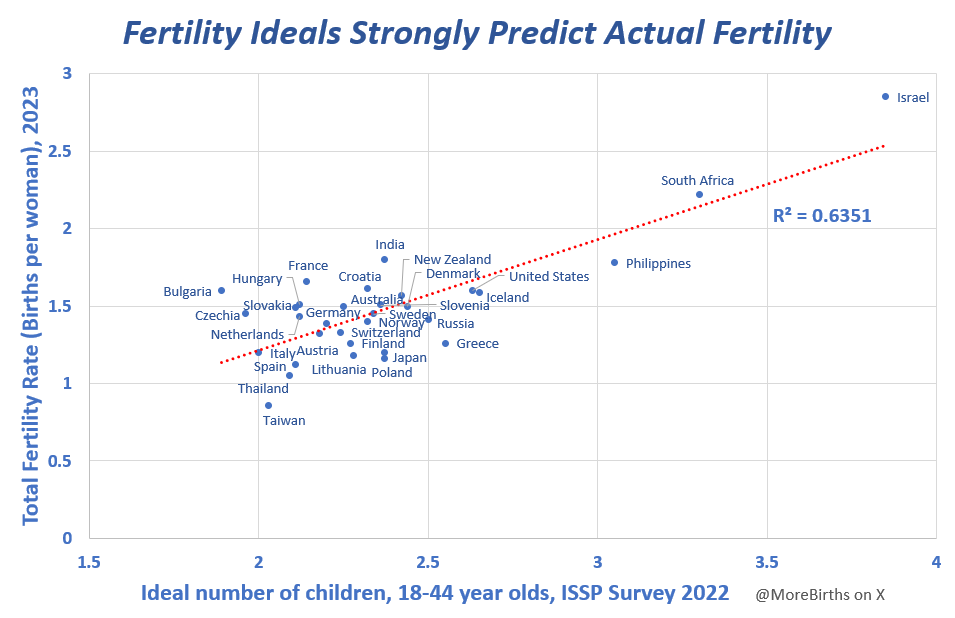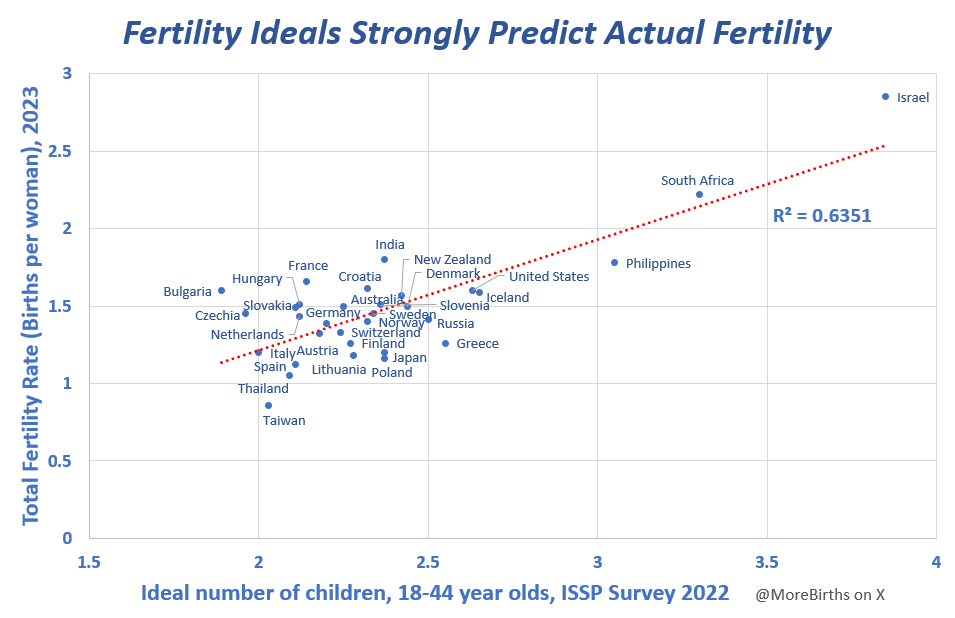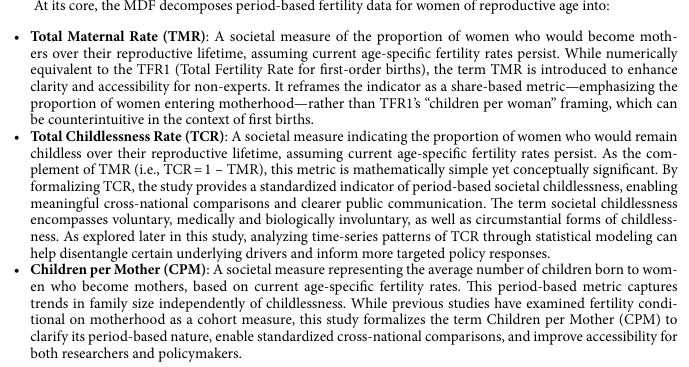Several futurists have called the low birthrate crisis civilization's greatest threat. One cause is society has moved away from marriage. So, a big way to increase birth rates is by having more marriages and having them at younger ages.
A🧵. [Thanks for RTs and follows!]
A🧵. [Thanks for RTs and follows!]

First off, I don't want to sound pushy. Marriage is a great option for most (but not all) people. On average, married people are happier, healthier, live longer (both men and women), and become wealthier. (And only minority of marriages end in divorce, not most.) 2/9








Why is more and younger marriage so important for raising birth rates? (1) Many women aren't having the children they hoped to have, and age-related fertility decline (both men and women) is a big cause, and (2) People are much more likely to have children if they are married.3/9






So how to achieve more and younger marriages? Several points. First, "courtship"-type dating. What is courtship? It is where both people know from the start that they're exploring marriage. If there is a fit, things move quickly. And if there isn't, you move on quickly too! 4/9
The second point is to hit the milestones of life sooner. Anything that speeds things up can increase family formation including faster education, quicker career tracks, young people leaving the nest sooner, and better options for young homeownership. 5/9 

The third point is to see marriage as the beginning of a successful life, not a capstone. A great time to marry might be after graduating from college or getting your first 'real' adult job, not after buying your dream home or finally making partner at a firm. 6/9
More reasons to marry at a younger age: (a) parenting is easier when you are young, (b) grandparents aren't yet too old to help with grandkids, and (c) it's easier to find someone and easier to merge your life with someone else's when you are younger. 7/9
Watch what successful people do, not what they say. And the most successful people usually choose marriage! 8/9




We absolutely don't want to minimize many amazing people who don't fit this model, for whatever reason.
But by shifting culture toward more and earlier marriage, we can solve the birthrate crisis and save our civilization. And make people happier, healthier and wealthier too! 9/9
But by shifting culture toward more and earlier marriage, we can solve the birthrate crisis and save our civilization. And make people happier, healthier and wealthier too! 9/9
• • •
Missing some Tweet in this thread? You can try to
force a refresh




